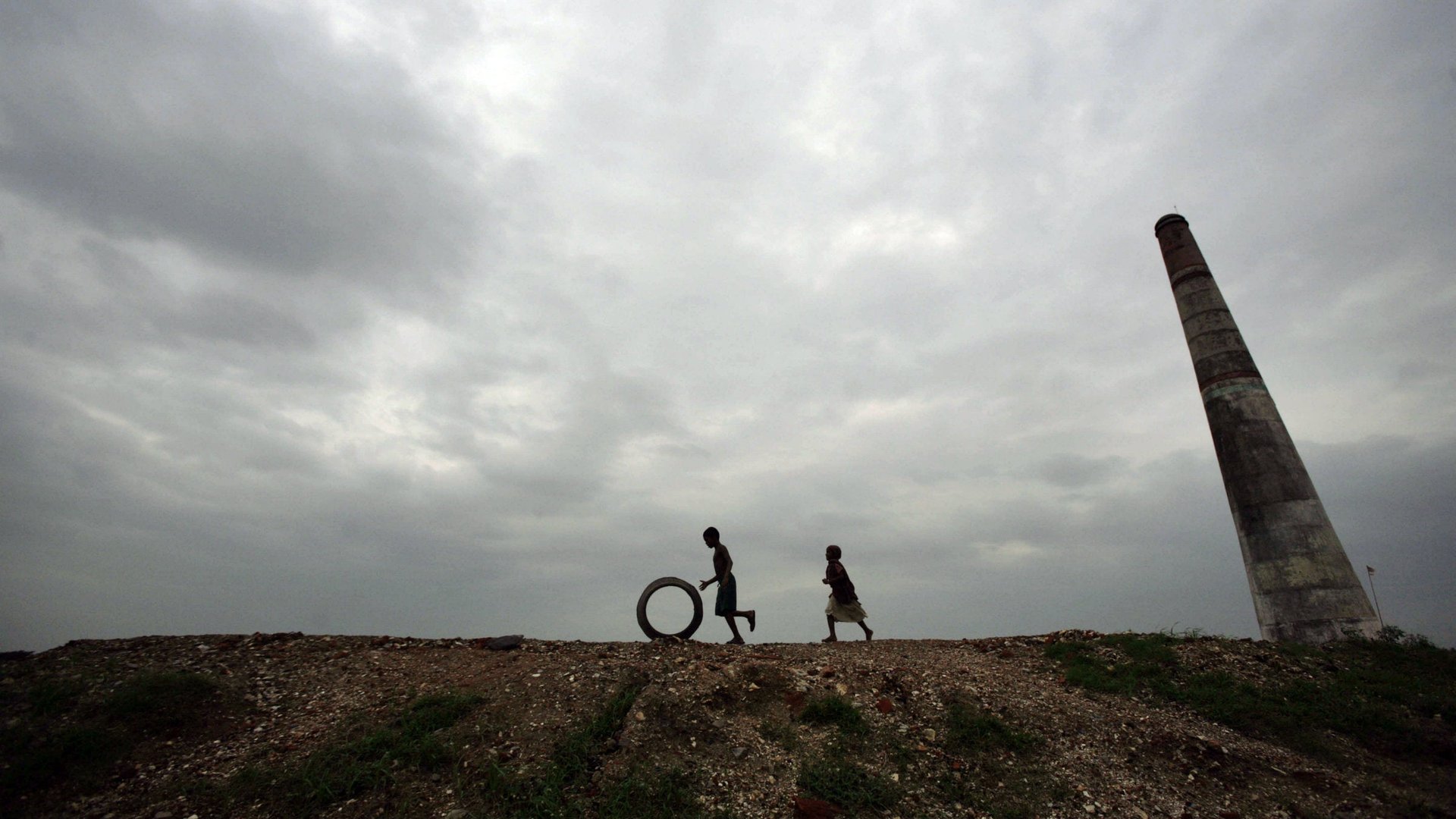Should India be “investment grade?”
For more than a year, India has been teetering on the edge of a credit rating agency cliff: The country’s sovereign credit rating, a measure of its overall political and economic stability, is rated just one notch above “junk” by Fitch, Standard & Poor’s and Moody’s.


For more than a year, India has been teetering on the edge of a credit rating agency cliff: The country’s sovereign credit rating, a measure of its overall political and economic stability, is rated just one notch above “junk” by Fitch, Standard & Poor’s and Moody’s.
Surprisingly, the country has not yet fallen over that edge. Rating agencies are notoriously unreliable when it comes to judging the actual worthiness of a company, country or financial asset, and their performance in the run up to the subprime mortgage crisis (and subsequent testimony in the lawsuits afterward) has seriously undercut their reputations as objective advisors.
But in the case of India, it’s hard to see how much longer the agencies can justify continuing to put off downgrading the country, especially after the rupee’s value hit a new low today. Indian policy-makers trying to solve the the country’s tangle of problems—a high deficit, a plummeting rupee, creaky infrastructure and fleeing foreign investors—seem to have only made matters worse with series of capital controls that have furthered the rupee’s decline.
Rating agencies signaled that India was headed for a downgrade as early as last summer. In June of 2012, S&P warned that India could be the first BRIC to lose investment-grade status, saying “slowing GDP growth and political roadblocks to economic policymaking are just some of the factors pushing up the risk that India could lose its investment-grade rating.” Since then India’s GDP growth has slowed from above 6% to below 5%, the rupee has fallen and a combination of political gridlock in parliament and looming national elections, expected to be held this coming spring, have hindered meaningful progress on economic reform.
Yet, S&P’s rating for India remains at just one notch above junk. Even though the money flowing out of India and the weakening rupee are “an indication of weakening investor confidence in India,” said Kim Eng Tan, senior director at S&P in an e-mailed statement Tuesday, S&P is opting to wait and see.
If the uncertainty continues, business financing conditions could deteriorate further and investment growth could slow further. India’s long term growth prospects could weaken on a sustained basis, with negative implications for the sovereign credit fundamentals. It is, however, too early now to tell if this scenario will come to pass. This will be largely dependent on policymakers’ reactions to these latest developments. We maintain a negative outlook on India’s BBB- sovereign credit ratings.
Fitch, meanwhile, took its India optimism a step further, upgrading India’s sovereign debt outlook from “negative” to “stable” in June of this year. It cited “measures taken by the government to contain the budget deficit” and “progress in addressing some of the structural impediments to investment and economic growth.” Since then, the rupee has fallen 9%, and billions of dollars in foreign investment have fled the country. Fitch’s own definitions of credit ratings suggest that India deserves at least a one notch downgrade, to junk. Fitch defines a “BB” rating as:
A fairly weak credit risk relative to other issuers or issues in the country. Within the context of the country, payment of these financial commitments is uncertain to some degree and capacity for timely repayment remains more vulnerable to adverse economic change over time.
Moody’s warned in July that “that the depreciation of the rupee will exacerbate inflationary and fiscal pressures in India.” This week, the company’s credit ratings analyst Atsi Sheth said while “rupee depreciation may be a new development, the factors that underpin it are not, and have been incorporated into India’s Baa3 rating.”
When rating agencies downgrade a country to “junk” status, they often wait until long after the problem is glaringly apparent and many investors have already fled. Standard & Poors downgraded Greece to “junk” status in April of 2010, days after Greece said it would take advantage of a $53 billion IMF/European Union-sponsored bailout plan, for example, while Fitch waited until January of 2011.
In India’s case, rating agencies may be playing a charitable game. After all, India has far more to lose if the rating agencies crack down while the country is at its most vulnerable. A ratings downgrade wouldn’t just be a slap on the wrist for dithering Indian policymakers. It could spark a massive sell-off of Indian equities, and spook foreign investors for years to come.